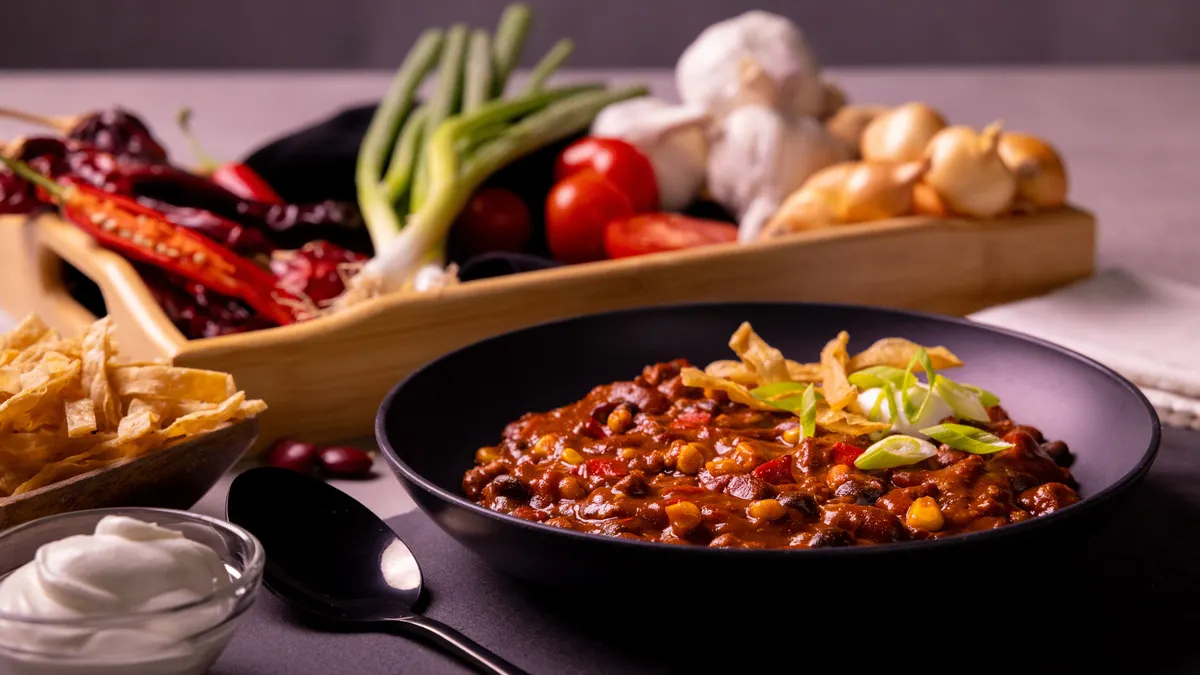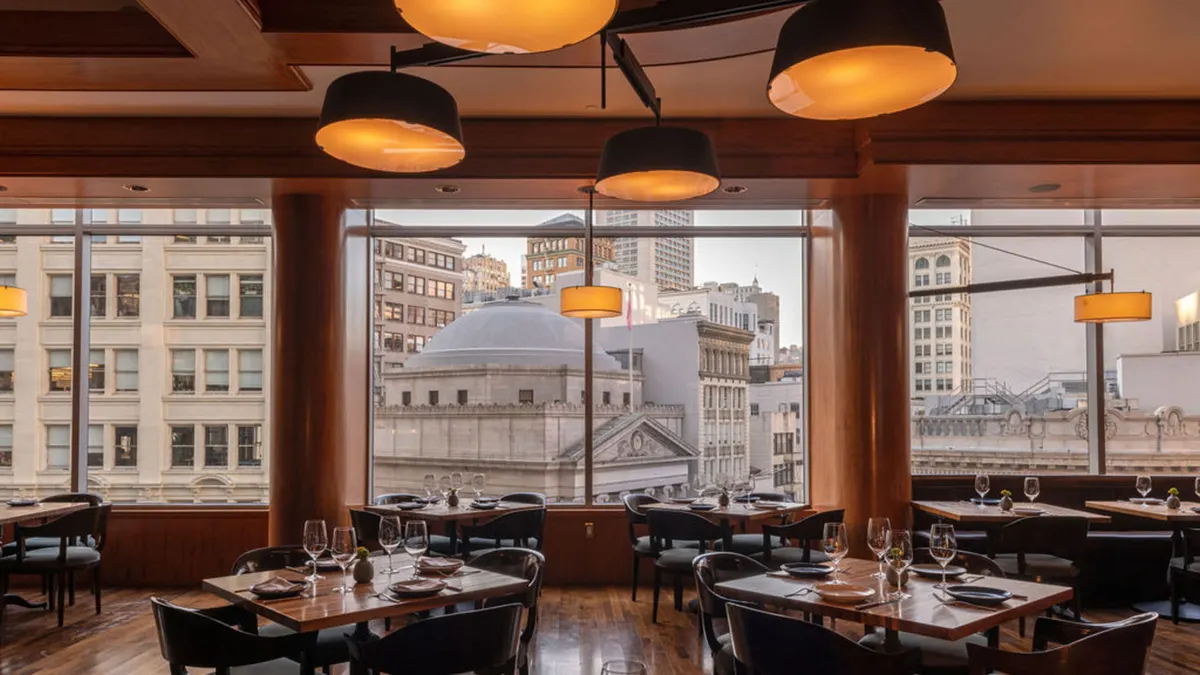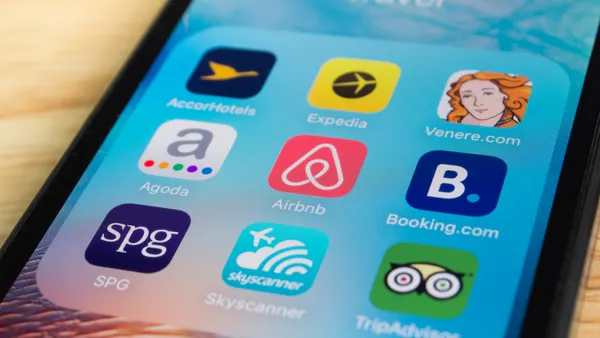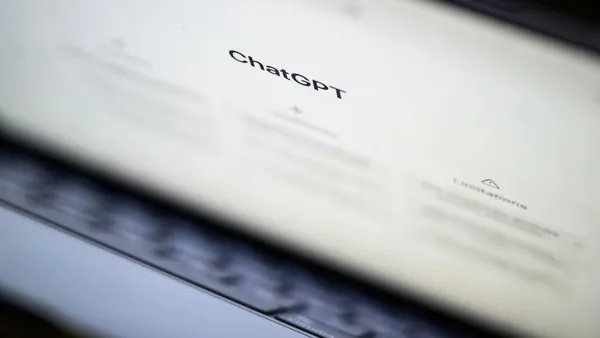Hotel Tech-in is our regular feature that takes a closer look at emerging technology in the hospitality industry.
At the Asian American Hotel Owners Association convention’s 2025 Tech Pitch Competition, Kitchenless had a secret weapon: hot food.
Co-founders Mike Ozkan and Sharon Pantong managed to show slides about their company and do a live food prep demo, all within their allotted five minutes to pitch. They ultimately won the competition.
“Just think about that for a second — you present the company on a few PowerPoint presentations over the first three minutes, and in the last two minutes, you're serving food in front of the judges,” Ozkan, the company’s CEO, said. “That obviously showcased what innovation Kitchenless brings to the industry.”
Switzerland-based Kitchenless uses steam technology to quickly prepare meals from easily storable frozen packages. Following the successful implementation of its tech in Europe, the company launched in the U.S. this year.
Hotel Dive sat down with Ozkan and Pantong to discuss the company’s expansion plans and the types of hotels Kitchenless is targeting with its technology.
From QR code to plate
Ozkan said Kitchenless was inspired by the popularity of Nespresso machines.
“If barista-quality coffee can be made effortlessly and with simplicity and with only one device, why is it not possible to invent something where we can also deliver high-quality food?” he said.
Kitchenless developed its technology in partnership with the largest manufacturer of Nespresso machines, also based in Switzerland.
Each Kitchenless dish comes frozen and features a proprietary QR code that the device reads when it's time to prep. The QR code then tells the device exactly how much steam needs to be injected into the dish, and the device heats it in about one minute.
Ozkan said the steam technology is key to the dishes’ quality: While other heating methods dry out food, Kitchenless’ dishes retain their moisture. The result is a back-of-house solution that allows hotels to streamline kitchen operations or, in some cases, offer food without having a staffed kitchen at all.
“In the late evening hours, receptionists can take orders and prepare the food while they are also managing the reception,” Ozkan said.
Hotels that offer this can position it as an alternative to guests using mobile delivery platforms for takeout, Ozkan noted, “and the revenue stays in the hotel.” Kitchenless recommends hotels price the dishes at a minimum of $14.
American appetites
As Kitchenless plots its U.S. expansion — the company has already signed with some 25 American hotels, Ozkan noted — it’s developing new dishes for the market.
Kitchenless currently has 11 dishes available, and the company’s eight chefs are working on 15 more that should come out in the second half of this year, Pantong, Kitchenless’ chief operating officer, said.
“We are expanding more, also, into desserts. We're going more into American dishes, for example, like mac and cheese,” she added. The company currently offers dishes such as spaghetti alla carbonara, chili con carne and quinoa ratatouille.
Ozkan noted that some hotels offer the dishes in takeaway containers, while others plate them nicely back of house. “You can garnish them with parmesan cheese or other toppings,” he said.
The company sees demand for its product at branded select-service hotels, in particular, such as Courtyard by Marriott, Hampton by Hilton and more. Kitchenless also works with individual, boutique hotels, and Pantong pointed to airport hotels as an avenue for potential growth.
“We believe we will, by the end of this year, be in between 100 and 200 locations,” Ozkan said.











